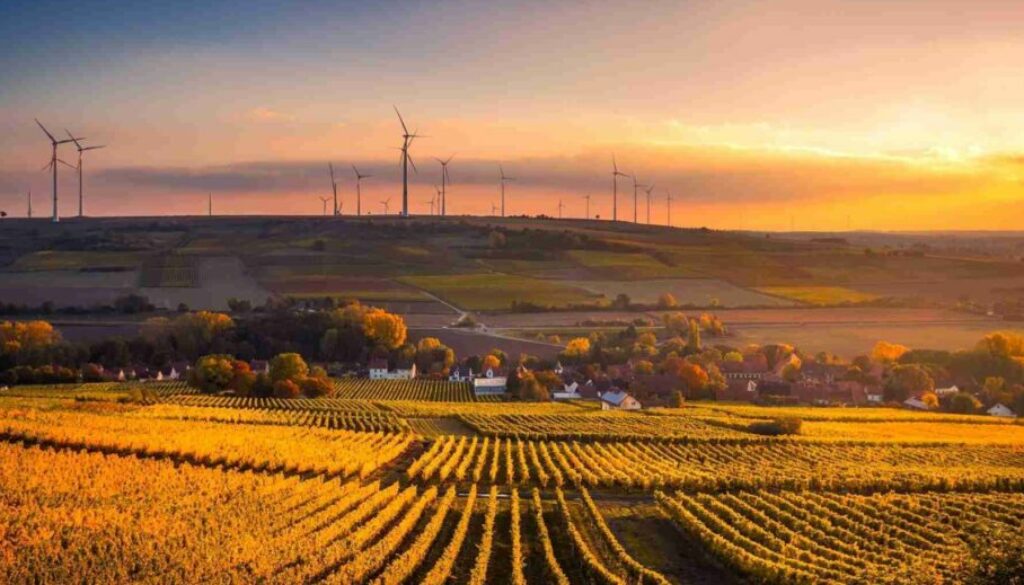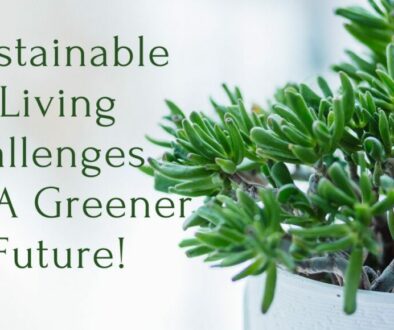5 Green Living Countries: Crafting a Sustainable Future
Discover how ‘green living countries’ lead the charge in sustainability. Explore their innovative practices and be inspired for a greener future.
Green Living Countries
Did you know that these nations, shimmering like emerald gems on the global map, are pioneering a revolution in sustainability? From Costa Rica’s renewable energy dominance to Iceland’s geothermal marvels, a handful of countries are redefining progress through their commitment to green living.
In this exploration, we’ll voyage through the landscapes of exemplary nations, uncovering their remarkable strides toward a harmonious coexistence with nature. Join us on this enlightening journey as we unveil the secrets behind the success stories of these green living countries, where innovation meets environmental stewardship.
Understanding Green Living
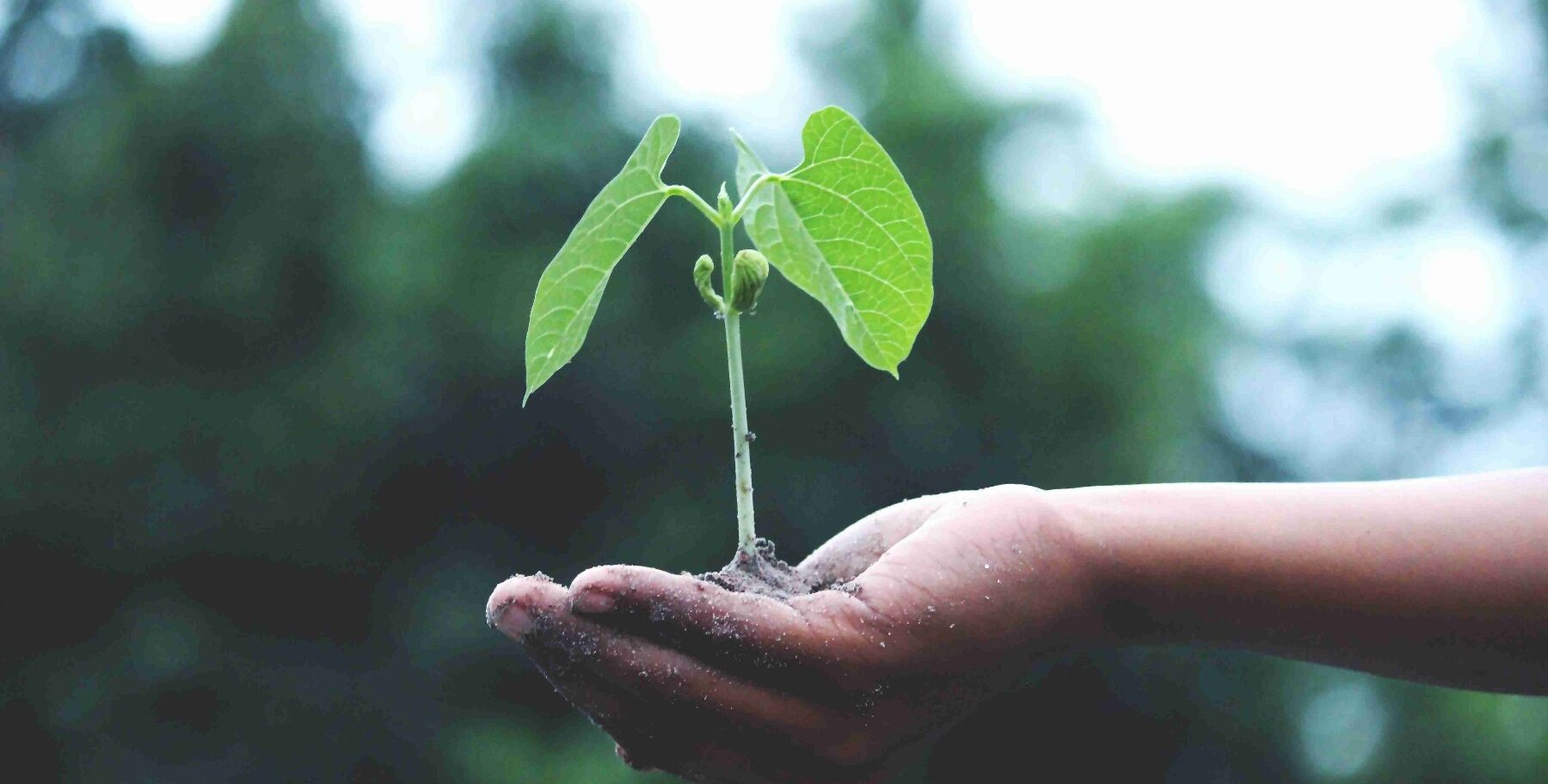
- Holistic Sustainability: Green living countries epitomize a holistic lifestyle, seamlessly integrating sustainability into every facet of their existence. It encompasses not only the use of renewable energy sources but also a mindset that values conservation and eco-friendly practices at its core, defining the essence of green living countries.
- Diverse Sustainable Practices: From harnessing renewable energies like solar, wind, and geothermal power to implementing efficient waste management systems and advocating for robust conservation measures, these nations exemplify a diverse array of sustainable practices inherent in green living countries.
- Synergistic Coexistence: Their commitment to green living underscores the delicate harmony between human necessities and the preservation of the environment. These countries strike an admirable balance, demonstrating that economic development can thrive hand-in-hand with environmental conservation, showcasing the essence of green living countries.
- Cultural and Policy Integration: Beyond technological advancements, green living is deeply ingrained in the societal fabric, influencing governmental policies and individual choices alike within these eco-friendly living countries. This integration fosters a collective consciousness towards sustainable living practices.
- Blueprint for a Sustainable Future: By pioneering green living, these nations not only lead by example but also offer a blueprint for a sustainable future where the well-being of the planet and its inhabitants are interwoven in the ethos of green living countries.
Costa Rica: Leading the Charge in Sustainable Practices
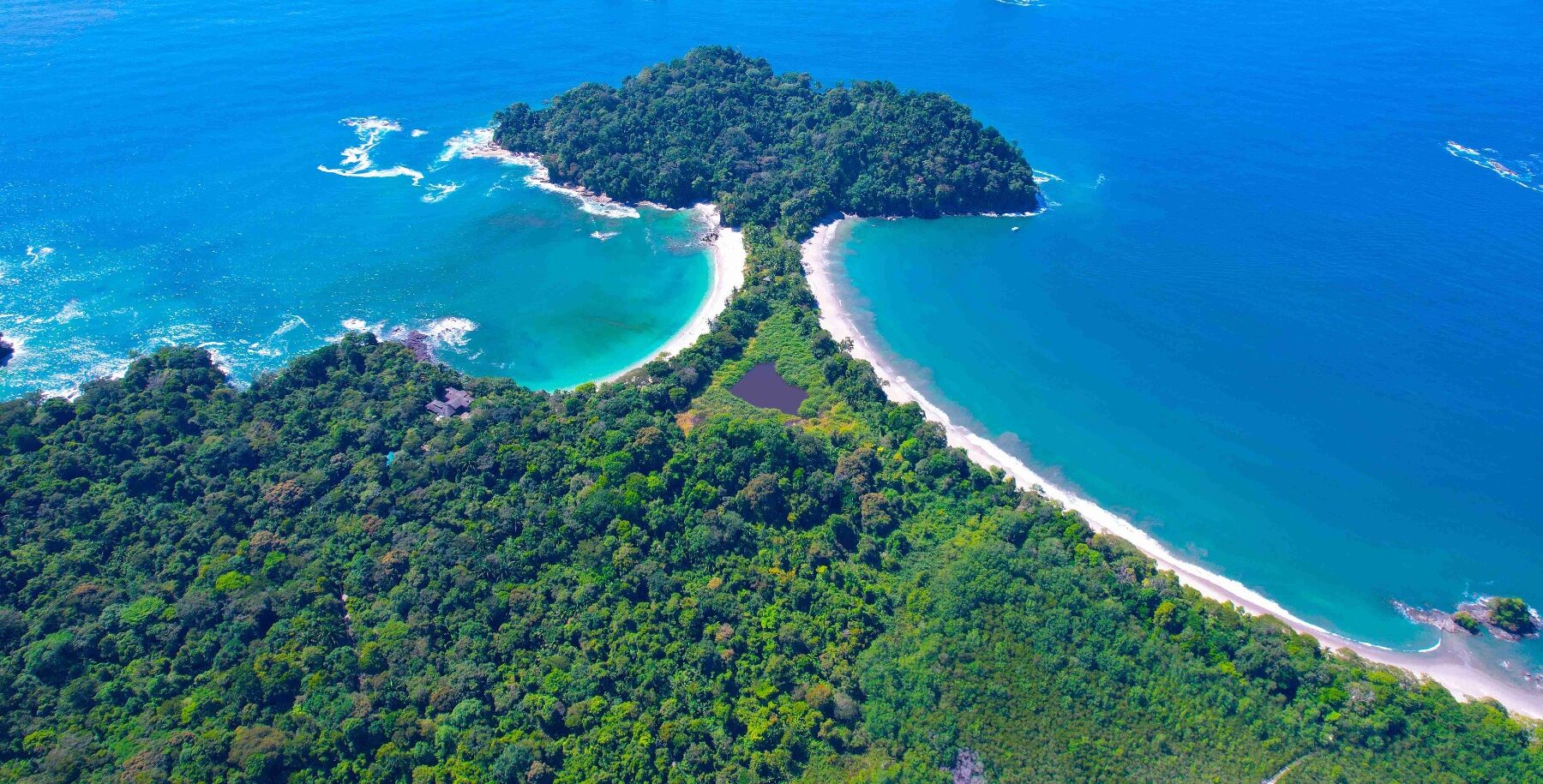
Nestled in Central America, Costa Rica emerges as a shining example of environmental stewardship among green living countries. This nation has surged ahead, spearheading sustainable practices that have garnered global attention. Here’s a closer look at Costa Rica’s groundbreaking initiatives in sustainability:
- Renewable Energy Dominance: Costa Rica proudly boasts a renewable energy sector that powers over 98% of its electricity needs. Its reliance on hydropower, geothermal, and wind power sources positions it at the forefront of green energy utilization among green living countries.
- Preservation of Biodiversity: Renowned for its rich biodiversity and lush rainforests, Costa Rica takes immense pride in its conservation efforts. Rigorous protection measures ensure the preservation of its diverse ecosystems, setting a benchmark for other nations committed to green living.
- Sustainable Policies for Environmental Protection: The country’s long-standing commitment to environmental protection is underscored by stringent policies focused on forest conservation and biodiversity preservation. Such measures highlight Costa Rica’s dedication to sustainability among green living countries.
- Education and Awareness: Costa Rica’s emphasis on environmental education plays a pivotal role in shaping a society that values sustainability. This dedication to raising awareness and fostering environmental consciousness sets a precedent for other nations aspiring to become green living countries.
Iceland: Harnessing Nature’s Gifts for Sustainability
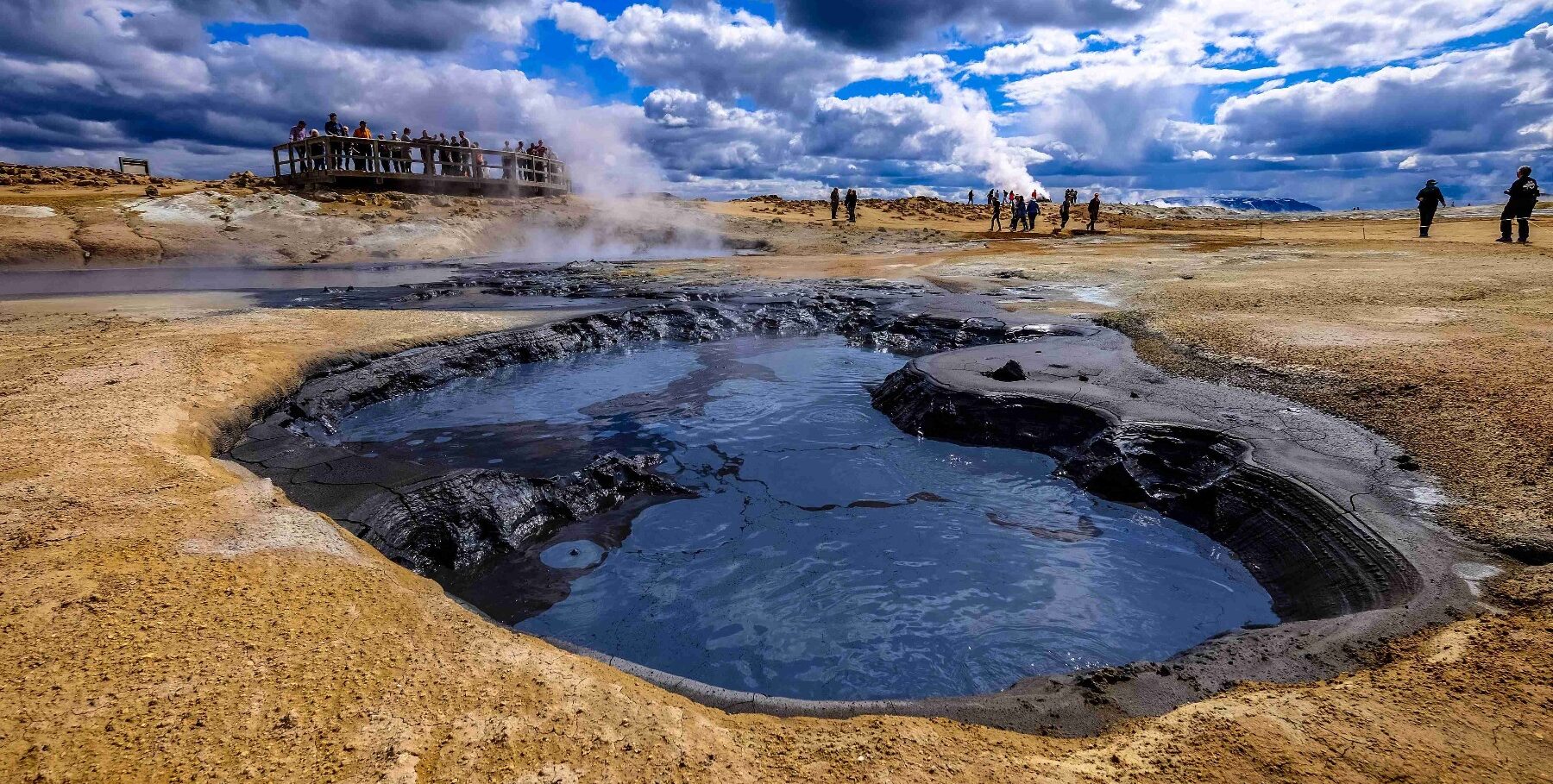
Nestled amidst dramatic landscapes, Iceland stands as a testament to harnessing nature’s gifts for sustainable living. This Nordic island nation boasts remarkable initiatives that redefine the essence of green living countries. Here’s an insight into Iceland’s groundbreaking strides in sustainability:
- Geothermal and Hydropower Pioneers: Iceland has capitalized on its geological advantages, relying almost entirely on renewable energy sources like geothermal and hydropower. This strategic utilization positions it as a global leader among green living countries.
- Sustainable Fishing Practices: Recognizing the importance of preserving marine resources, Iceland has implemented sustainable fishing practices. Stringent regulations ensure the conservation of fish stocks, contributing to its sustainable lifestyle.
- Commitment to Recycling and Waste Management: Iceland’s commitment to efficient waste management and recycling practices underscores its dedication to minimizing environmental impact. This emphasis on waste reduction echoes its pledge towards sustainability among green living countries.
- Preservation of Pristine Landscapes: Known for its stunning natural vistas, Iceland places immense importance on preserving its unspoiled landscapes. Rigorous conservation efforts protect its natural treasures, setting an example for other nations striving to become green living countries.
Denmark: Pioneering Wind Energy and Sustainable Living

Nestled in Scandinavia, Denmark emerges as a frontrunner in the pursuit of sustainable living among green living countries. This nation’s progressive initiatives and commitment to renewable energy and eco-friendly practices redefine the landscape of sustainability. Here’s a glimpse into Denmark’s groundbreaking efforts:
- World Leader in Wind Energy: Denmark’s dedication to wind energy is unparalleled, positioning it as a global leader in wind power technology. Its vast wind farms and innovative approaches exemplify its commitment to renewable energy sources among green living countries.
- Ambitious Green Goals: Denmark has set ambitious goals for reducing greenhouse gas emissions, emphasizing its commitment to combat climate change. Its far-reaching targets underscore a nation dedicated to a sustainable future.
- Emphasis on Cycling and Public Transportation: The country’s focus on cycling culture and efficient public transportation systems minimizes reliance on cars, promoting eco-friendly alternatives. Such initiatives align with Denmark’s ethos as one of the green living countries prioritizing sustainable urban mobility.
- Innovation in Sustainable Practices: Denmark’s innovative solutions for sustainable living extend beyond energy. Its architectural designs, urban planning strategies, and commitment to green spaces reflect a holistic approach to sustainable development.
Sweden: Forging a Path to Fossil Fuel-Free Living

Situated in the heart of Scandinavia, Sweden stands as a testament to a determined commitment towards fossil fuel-free living among green living countries. This nation’s progressive endeavors and resolute stance on sustainability set a remarkable example. Here’s an insight into Sweden’s groundbreaking strides:
- Ambitious Fossil Fuel-Free Goals: Sweden has set an ambitious target to become fossil fuel-free by 2045, showcasing an unwavering commitment to combating climate change. This determination marks it as a frontrunner among green living countries in transitioning towards sustainable energy.
- Investment in Renewable Energy: Sweden’s substantial investments in renewable energy, such as hydropower and bioenergy, signify a strategic move towards sustainable power sources. These efforts position it as a leader in green energy adoption among green living countries.
- Embrace of Energy Efficiency: The nation’s emphasis on energy efficiency extends to various sectors, including industries, transportation, and households. Innovative technologies and policies underscore its commitment to reducing energy consumption and carbon footprint.
- Sustainable Waste Management: Sweden’s success in waste-to-energy technologies and comprehensive recycling programs highlights its dedication to sustainable waste management. This approach minimizes waste while maximizing resource utilization, aligning with its green living ethos.
Factors Contributing to Green Success in Exemplary Countries
Strong Governmental Policies:
- Long-term Vision and Commitment: Green living countries like Costa Rica and Denmark have established clear national sustainability goals with long-term timeframes. This stability provides direction for sustainable initiatives.
- Incentives and Regulations: Financial incentives such as feed-in tariffs for renewable energy and strict emission standards guide investments and behavior towards sustainable choices within green living countries.
- Decentralized Governance and Engagement: Involving local communities and businesses in decision-making, as seen in Sweden’s participatory approach to environmental planning, fosters ownership and facilitates effective implementation.
Favorable Societal Attitudes:

- Environmental Awareness and Education: Strong public understanding of environmental issues, fostered through education programs and campaigns, builds support for green policies in green living countries.
- Cultural Values: Existing cultural values emphasizing respect for nature, as in Finland and New Zealand, create fertile ground for green initiatives to thrive.
- Active Environmental Movement: Grassroots organizations and NGOs play a vital role in raising awareness, pressuring governments, and promoting sustainable practices, driving societal change in green living countries.
Technological Advancements:
- Investments in Renewable Energy: Countries like Iceland and Portugal have capitalized on their resources, developing cutting-edge technologies in renewable sectors, positioning themselves as global leaders.
- Focus on Energy Efficiency: Innovations in building design, transportation, and industry processes contribute significantly to reducing energy consumption and environmental impact, exemplified in Switzerland and Austria.
- Circular Economy Solutions: Denmark’s success in waste-to-energy technologies demonstrates the potential of circular economy approaches to minimize waste and maximize resource utilization in green living countries.
Additional Factors

- Geographic Advantages: Access to abundant renewable resources, like hydropower in Costa Rica and geothermal in Iceland, provides a natural advantage for these sustainable living countries.
- Economic Stability: Financial resources allow for investments in green infrastructure and technologies, contributing to the success of countries like Sweden and Switzerland.
- Political Stability and Long-term Leadership: Consistent leadership with a commitment to sustainability, as seen in Costa Rica’s focus on environmental protection for decades, ensures sustained progress.
Challenges and Obstacles in Exemplary Green Countries
Economic Challenges:
- High Initial Costs: Transitioning to renewable energy and implementing sustainable technologies requires substantial upfront investments, posing financial challenges, especially for developing green living countries.
- Job Displacement: Shifting away from traditional industries can lead to job losses, creating social and economic disruptions that need proactive management to ensure a just transition.
- Economic Dependence on Fossil Fuels: Some countries rely heavily on fossil fuel extraction or export, making the transition to a green economy politically and economically challenging.
Political Challenges:
- Short-term vs. Long-term Priorities: Balancing immediate economic needs with long-term sustainability goals can be a dilemma, especially for governments facing public pressure or short electoral cycles.
- Lack of Political Will: Not all governments prioritize sustainability, and vested interests in unsustainable industries can create opposition to green policies in green living countries.
- International Cooperation: Tackling global environmental challenges like climate change requires international collaboration, which can be hindered by political disputes and conflicting interests.
Social Challenges:

- Public Resistance to Change: Altering individual behaviors and consumption patterns often faces resistance from established routines and cultural norms, necessitating effective communication and engagement strategies.
- Equity Concerns: Green initiatives should aim for a just transition, yet there are concerns about potential burdens on vulnerable communities, raising questions about fairness and justice.
- Lack of Awareness and Information: Misinformation and a lack of understanding about environmental issues can impede public support for green policies and individual action in eco-friendly living countries.
Impact and Benefits of Green Living Practices

Environmental Impact:
- Reduced Carbon Footprint: Embracing renewable energy sources and sustainable practices leads to a substantial reduction in greenhouse gas emissions, mitigating climate change impacts in green living countries.
- Biodiversity Preservation: Stringent conservation efforts protect ecosystems, safeguarding diverse flora and fauna, and preserving critical habitats within eco-friendly living countries.
- Improved Air and Water Quality: Sustainable practices contribute to cleaner air and water, enhancing overall environmental quality and public health in these nations.
Economic Benefits:
- Job Creation and Economic Growth: Investments in renewable energy and sustainable technologies generate employment opportunities and foster economic growth in green living countries.
- Resource Efficiency: Maximizing resource utilization and minimizing waste enhance resource efficiency, reducing reliance on finite resources and ensuring a more sustainable economy.
Social Advantages:

- Enhanced Public Health: Cleaner environments lead to improved public health outcomes, reducing illnesses related to pollution and promoting well-being in green living countries.
- Community Engagement: Green initiatives often involve local communities, fostering a sense of ownership and collective responsibility towards environmental stewardship.
- Global Leadership and Reputation: By leading in sustainability, these nations gain global recognition and influence, inspiring other countries to follow suit and contributing to global environmental discourse.
Long-term Sustainability:
- Resilience to Climate Change: Adopting sustainable practices strengthens resilience to climate change impacts, ensuring a more secure future for generations to come in green living countries.
- Stable and Sustainable Development: Balancing economic growth with environmental conservation leads to more stable and sustainable development trajectories in these nations.
Conclusion
In navigating the landscapes of green living countries, we’ve witnessed a symphony of sustainable endeavors shaping a promising tomorrow. Embracing sustainable practices isn’t merely a choice; it’s a necessity for our collective well-being. Let these green living countries serve as guiding stars illuminating the path to a greener, more resilient future. Each step towards sustainability, no matter how small, echoes the legacy of these pioneers. Together, let’s cultivate a world where our actions nurture rather than deplete—where every choice echoes in the harmony of our shared ecosystem.
Join the movement towards a greener future; embrace sustainable living today!
